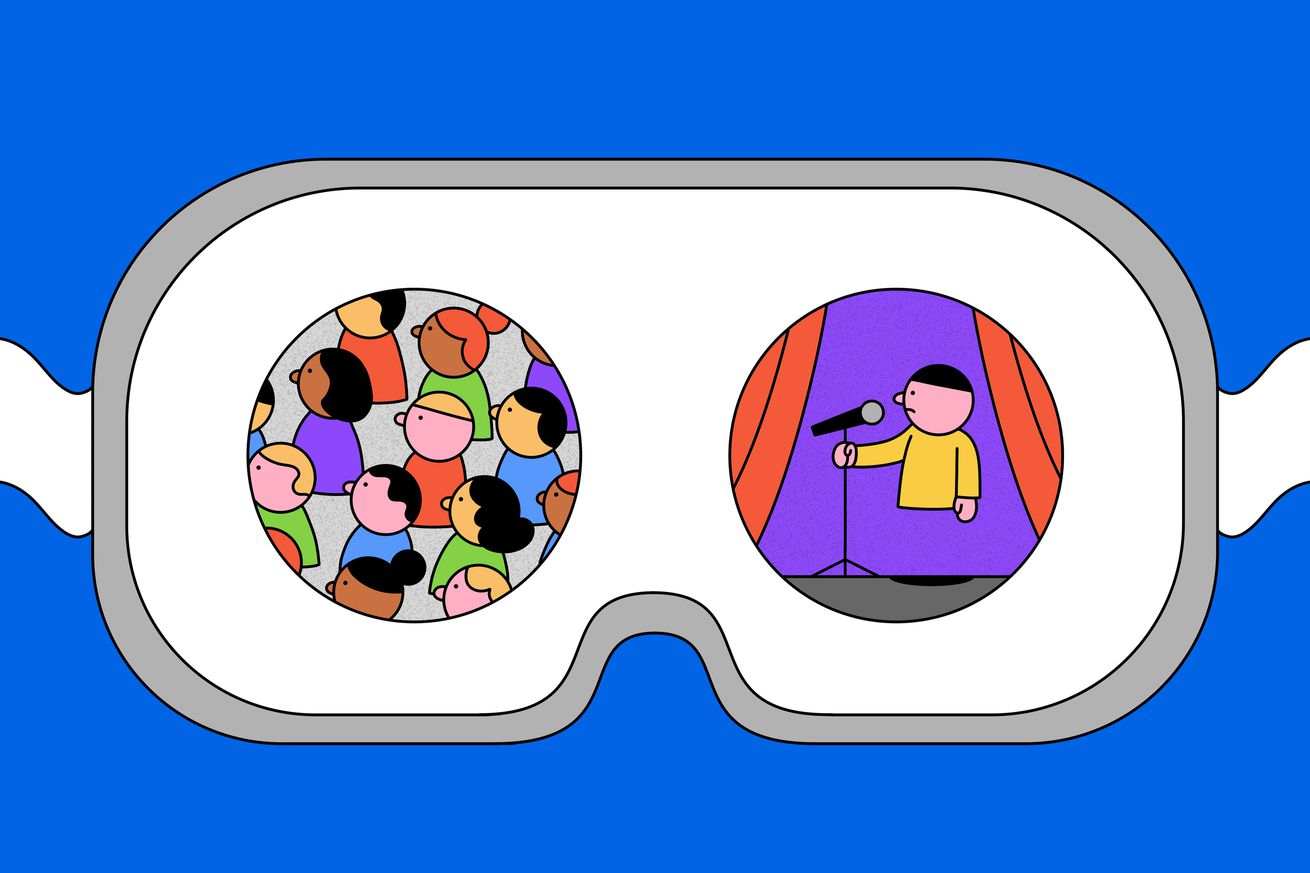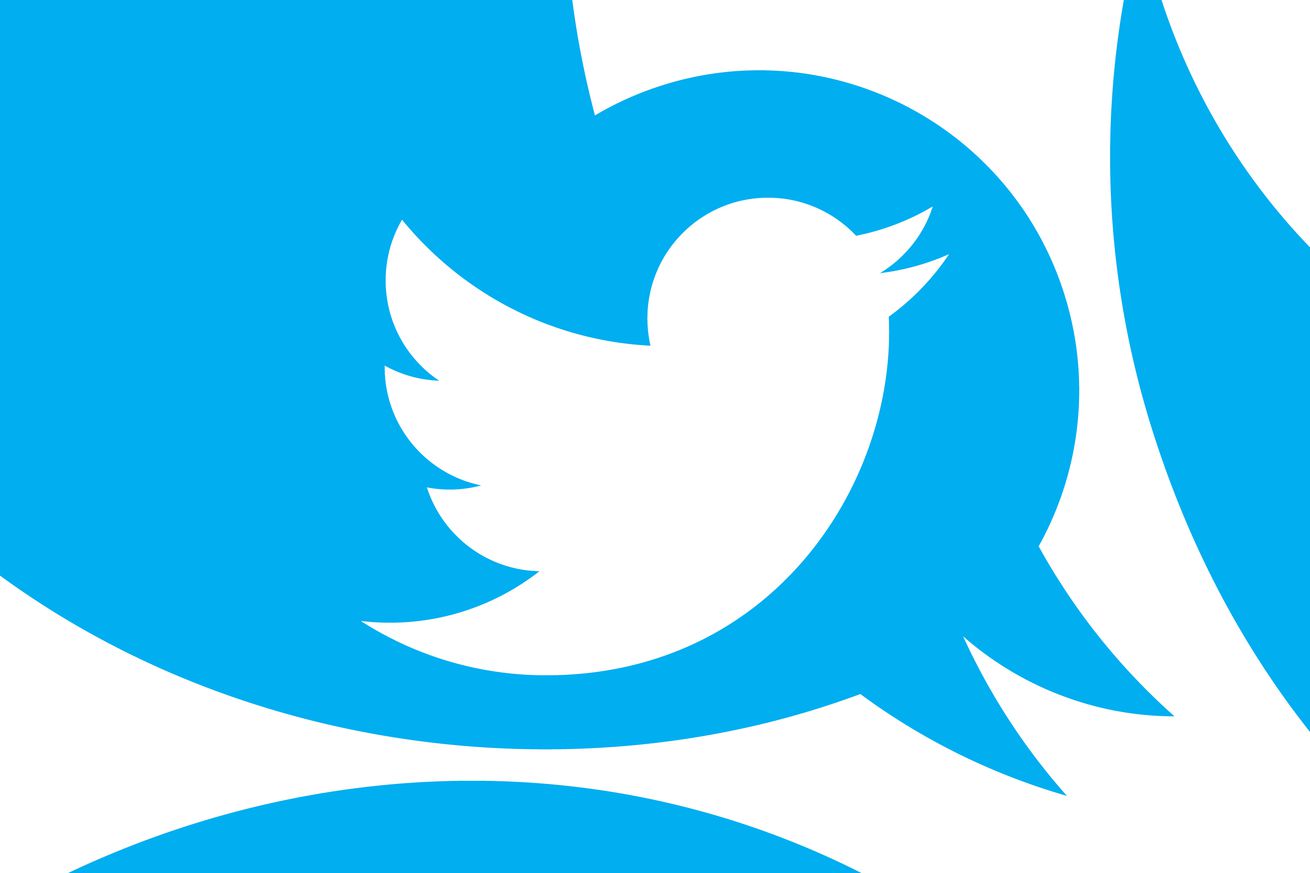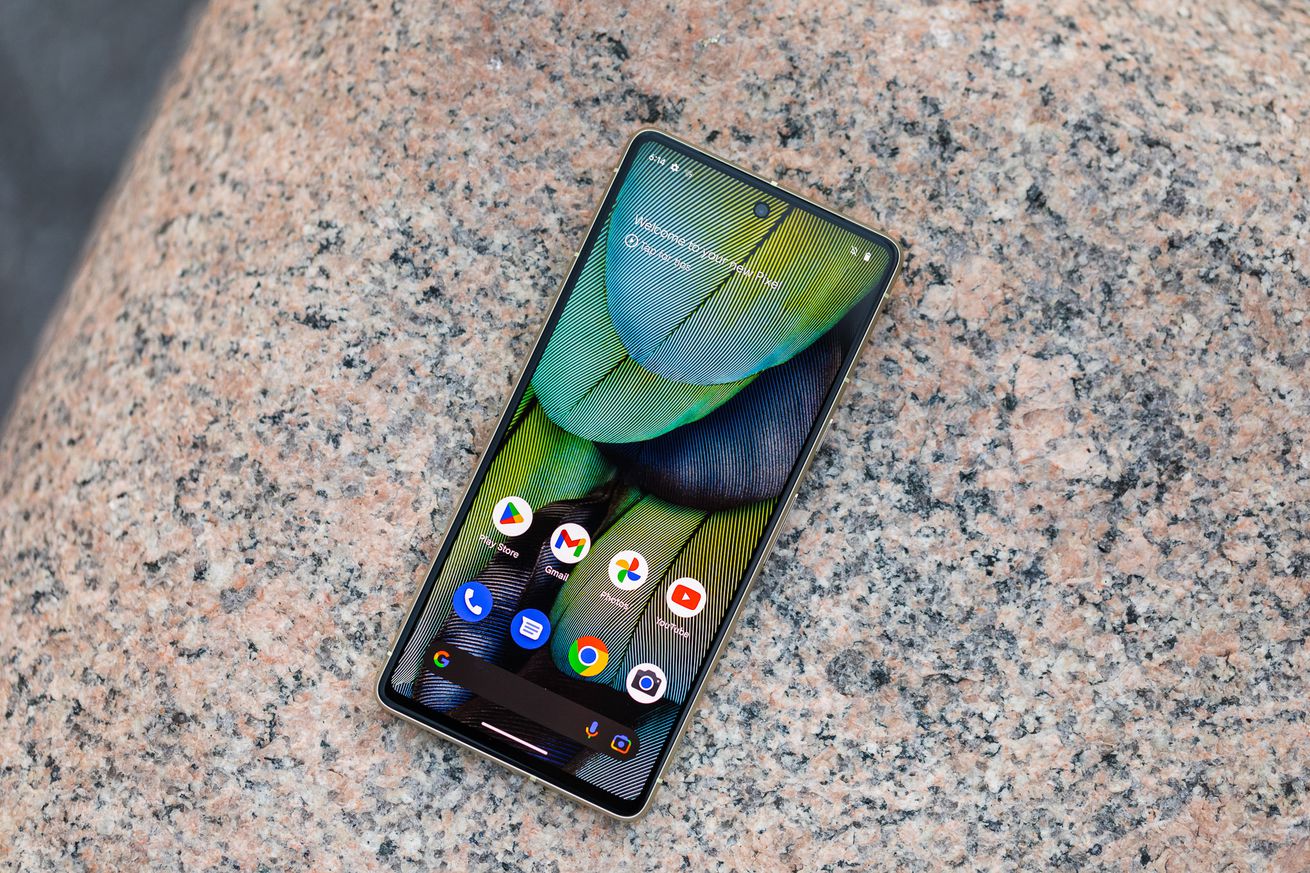It’ll cost you more than $2,000. It nearly cost its maker everything.
It only took six years, one life-saving operation, and hundreds of thousands in personal loans, but this handmade, gravity-defying record player from mom-and-pop shop Miniot is finally available to buy.
Backers of the original 2017 Kickstarter have been on a wild ride, and most still haven’t received their minimalistic upright turntables. Yet here we are in 2023 with a refined second-generation Wheel that usurps the discontinued original while still hiding all the sound-generating hardware beneath discs of unobstructed vinyl, whether playing upright on a stand or hung on a wall.
I’ve got plenty of experience with gadgets, but the only vinyl I own once served as placemats for a music-themed dinner party. That’s why I’ve been testing the Wheel 2 with a group of bonafide audiophiles. After all, if a company is going to release a new deck in the 21st century that’s four times the price of a good turntable, then it had better appeal to a culture that demands a lot from the device entrusted with rarefied music collections.
After a few weeks of testing, I can say this: the Wheel 2 is a very appealing product that combines the joys of analog with the convenience of digital. It’s so clever that it might tempt you back to wax now that sales are again surging, even if it does cost over $2,000 and plays records upside down while spinning backward.
It’s also the best hope yet for Kickstarter’s backers to be made whole and for Miniot’s unwavering patriarch to salvage his legacy.
Before we progress much further, let me offer you a spoiler: the €1,999 (about $2,142) Wheel 2 sounds better than a $450 turntable but not as good as one that costs in excess of $4,000, all three of which I heard play side by side for a few hours of comparison testing. But I’m hardly an expert. That’s why I turned to friend-of-a-friend Philip Doucet.
/cdn.vox-cdn.com/uploads/chorus_asset/file/24506141/IMG20230129143438.jpeg)
Doucet lives and breathes vinyl. He’s the co-founder of Music Box Designs in Amsterdam in addition to being a musician, trained audio engineer, avid record collector, and HiFi enthusiast. As a self-professed audiophile, he has not one but two listening rooms in his home, which serve as the proving grounds for his company’s vinyl storage boxes, speakers, and cabinets — many of which you see in the accompanying photos.
Despite Doucet’s credentials, he wants Verge readers to understand that his feedback is couched in emotion, not science. “I am not a professional audio engineer that is measuring output, frequency responses, speed stability, etc.,” says Doucet. “I have been listening to analog equipment of all types for over 40 years. I am using my ears, feelings, knowledge, and experience for my review.”
He was also joined by three other listeners to avoid any personal bias: two avid analog enthusiasts and a plebe who normally listens to digital streaming music just like me and most everyone else.
Now, before we get to the review, let’s take a trip down memory lane. Or skip the next section entirely if, like Wheel’s Kickstarter backers, you’ve already waited long enough.
What the hell happened?
Miniot’s Wheel version 1 began life as an ambitious Kickstarter way back in February 2017, with deliveries set to begin eight months later. Here’s what I said at the time after having profiled the family-run company a few years earlier:
Despite my enthusiasm, it’s important to remember that this is a Kickstarter project and that means there’s risk involved for you, the potential backer... Miniot’s expertise is in selecting wood and then milling it into finely crafted cases. Wrangling electronics suppliers is hard work, especially when you have to ship at scale and support a finished piece of consumer electronics. Having said that, Miniot’s previous success was at least partly due to Peter Kolkman’s and Greet van den Berg’s obsessive control over the end-to-end manufacturing of their cases. So I’d expect the same dogged persistence in bringing Wheel to life.
If you backed or preordered the original Wheel based upon my writeup, I’m sorry — but you can’t say you weren’t warned. Although I never imagined Miniot’s “obsessive control” would cause it to be this late.
The Wheel 1 isn’t available to order anymore but Miniot still has a backlog it needs to build and ship to its earliest supporters. Otherwise, the company is now entirely focused on selling the Wheel 2 — it has to be.
/cdn.vox-cdn.com/uploads/chorus_asset/file/24506193/IMG20230118155044.jpeg)
Kolkman, now 65, contacted me in December to say that the second-generation Wheel was ready for me to review. By January, I sat down with him at his factory slash home to better understand what happened, see the new production and assembly lines in person, and pick up a standard Wheel 2 to test.
Miniot has totally refreshed its production since my last visit in 2014. The CNC machines, lathes, and lasers once used to produce wooden cases for iPads and iPhones have either been replaced with 3D printers or recast in new roles to produce components for its Wheel turntables.
The first question I had for Kolkman was the obvious one: what the hell happened?
“We never made something like a record player before, so I had no clue what we were doing back then. It’s clear that the estimated delivery in October 2017 was totally ridiculous,” said Kolkman, reflecting on the Kickstarter campaign. “I am much more humble now about product development. In hindsight, you can say, ‘well, probably you hired the wrong engineers, or you went with the wrong companies that didn’t have the expertise.’ But no one had the specific expertise we needed to build what we wanted.”
Six years later and most of those who preordered or pledged a combined €424,457 (about $450,000) still haven’t received their Wheel 1 turntables, which were priced as low as €568 (about $600) at the time. Kolkman readily accepts all blame for the delays after severely underestimating the work involved in making his idea a reality. Nevertheless, he delayed retirement to see the project through and has remained steadfast about not shipping the Wheel turntable until it meets his definition of a “great record player,” despite its impact on his life.
The Kickstarter success allowed Miniot to immediately quit building its wooden cases to focus on Wheel. The money lasted for a while, but the unexpected delays and constant redesigns made it necessary for Kolkman to eventually take out “hundreds of thousands” in loans, including an additional mortgage on the house where the family lives and works.
The family also had to downsize their living situation by reconfiguring their home to not only accommodate a small factory but also create a separate unit that could serve as a vacation rental for a little bit of semi-regular income while development continued.
Development was also interrupted by the covid pandemic and global supply chain issues. And then, to top things off, Kolkman suffered a heart attack in 2021. Nevertheless, he doesn’t want any pity. “I’ve been suffering for six years already, so what’s the problem,” he jokes with a heartfelt laugh. “Everything adds up, but the largest problem was that it was very, very complicated to develop the machine.”
As Kolkman tells it, Miniot’s original idea was to be Wheel’s product designer and oversee the development work of partners from afar. But Kolkman found his wholistic approach to product development — whereby Miniot had complete control over the design, engineering, production, assembly, fulfillment, and support of its wooden cases — to be incompatible with outsourced production, and he became increasingly unhappy with each successive prototype delivered (slowly) from China.
/cdn.vox-cdn.com/uploads/chorus_asset/file/24506151/IMG20230118150955.jpeg)
/cdn.vox-cdn.com/uploads/chorus_asset/file/24506195/IMG20230118162342.jpeg)
So little by little, Miniot brought the development of each component in-house until nearly everything is now made by Miniot under Kolkman’s direct supervision. That includes all the software and electronics, which is headed by Kolkman’s son Piet (25), a lifelong tinkerer and self-taught engineer. Having everything in-house allows Miniot to rapidly prototype new and better ideas for production.
The Wheel was given a complete reset — not just once but multiple times — such that there is almost nothing from the original Wheel present in Wheel 2. Whereas the Wheel 1 was composed of some 400 parts, the Wheel 2 is made from about 80 and is designed to be easily serviceable should something go wrong.
Despite Kolkman’s sincere apology, it’s of little consolation for backers of the original Wheel. The campaign’s comment thread remains active, with people interchangeably asking for updates on their orders and calling the company a scam. They’re also annoyed to see Miniot selling some Wheel 2 turntables to the public, which Kolkman contends is required to fund the upscaling of its production capacity and to finally deliver on its Kickstarter promise.
To be blunt: that Kickstarter money is gone, according to Kolkman. Miniot needs to sell new, high-margin products in order to fund the 1,000 or so (a number that includes backers and preorder customers) turntables that have yet to ship.
To illustrate its approach to making backers whole, Miniot recently sold 10 limited edition White Wheel 2s premade for Christmas. They each cost €3,000 (about $3,200) and shipped on time with some higher-end components in addition to the exclusive color. Miniot plans to produce 10 to 15 special edition Wheels each month that are pre-built in order to guarantee fast delivery. A new limited edition Black Wheel costs €3,799 (about $4,000) and comes with an improved cartridge, preamp, and stylus. Even the price of the Wheel 2 has gone from €1,350 to €1,500 to €1,999 as Kolkman “recognized its real value,” he says. Profits from these sales will be used to build Wheels owed to its Kickstarter backers.
Kolkman says 90 percent of backers and preorder customers already switched to the Wheel 2. In total, Miniot has shipped about 100 of the original Wheels and over 100 of the new Wheel 2 turntables.
The company currently employs 11 people, a number that includes Peter, Greet, their son Piet, and their two other grown children. In January, they were building about 10 Wheel 2 turntables per week. By March, that number had accelerated to about 30 but was still short of the 10-per-day goal Kolkman had set for November 2022.
/cdn.vox-cdn.com/uploads/chorus_asset/file/24506149/IMG20230118154715_01.jpeg)
Those who came to Miniot by way of Kickstarter are rightly frustrated after Kolkman presented the Wheel as a nearly finished product back in 2017. But some backers are complicit in treating Kickstarter as a storefront. I can still remember Kickstarter’s origins as “a way for creators and audiences to work together to make things.” And from my vantage point, the feedback loop created by the €500K campaign kickstarted Miniot into a consumer electronics company with a very compelling first retail offering in the Wheel 2.
When I ask Kolkman if it’s been worth it — all the financial stress, angry backers, delayed retirement, and life-saving heart surgery — he responds simply and matter of factly:
“We believe in what we are doing and think we will ultimately succeed.”
What makes the Wheel 2 unique?
The Wheel 2 makes an excellent first impression on novices and enthusiasts alike. To me, it’s a wonderful example of cold precision warmed by the liberal use of natural wood. I like that it makes me question everything I thought I knew about turntables that rely upon gravity to both hold the record in place and keep the stylus deftly tracing that vinyl groove.
It is not the first turntable to play records upright, but the Wheel 2 is by far the best-looking vertical player that you can actually buy today.
For Doucet, seeing the Wheel 2 operate for the first time was a near-religious awakening. “I don’t believe that there has ever been such an original redesign for a turntable in over 100 years,” he said. “The Wheel 2 is a beautiful piece of analog aesthetic minimalism. Its compact and sleek design is, of itself, a piece of art. I could not stop looking at it.”
/cdn.vox-cdn.com/uploads/chorus_asset/file/24506163/DSC_8400.jpeg)
/cdn.vox-cdn.com/uploads/chorus_asset/file/24506180/DSC_8436.jpeg)
/cdn.vox-cdn.com/uploads/chorus_asset/file/24506162/DSC_8430.jpeg)
/cdn.vox-cdn.com/uploads/chorus_asset/file/24506104/DSC_8476.jpeg)
The Wheel 2 spins the record counter-clockwise and plays the bottom of the record.
Miniot’s party trick is putting the stylus (aka needle), a cartridge (the thing that holds the stylus and translates information from the record’s groove into an electrical signal), tonearm (the long bar that usually holds the cartridge), and preamp (aka the “phono stage” that amplifies the output signal for connected devices) beneath the record.
The design allows for a very short signal path between the cartridge and built-in preamp, which Miniot says helps prevent signal loss, noise, and distortion, all in the service of better sound. But it also prevents the Wheel 2’s cartridge from being upgraded like most modern turntables or for the preamp to be bypassed (more on this later).
The Wheel 2 is handmade almost entirely from parts designed by Miniot. Refreshingly, most of those parts are manufactured by Miniot itself in an annex to a large but otherwise unassuming family home located in a small Dutch village.
It can play 7-, 10-, and 12-inch records and automatically selects the speed. Moreover, Miniot says the Wheel’s belt-driven platter adapts to records that are out of alignment or balance to achieve a true 33 1/3rpm or 45rpm track speed where the stylus tip touches the groove. The Constant Groove Speed feature achieves this by recalculating motor speed every millisecond.
There’s even a Purist Mode that can be enabled to overcome severe issues of vinyl misalignment and imbalance. When activated, the turntable will play a few seconds of the record silently, process the data, and then move the stylus back to the lead-in groove to start playing audio after a period of about 10 to 15 seconds. Miniot says that this feature should be turned off 99 percent of the time — I never found a need for it during my testing.
Is upright playback just a novelty?
As a record player, the Wheel 2 can, of course, be played flat on a table and comes fitted with four vibration-dampening feet. But this thing was designed to be played vertically, and the visual impact of that perfectly framed vinyl cannot be overstated.
Audiophiles love to do something called “critical listening,” usually performed with an heir of superiority while casually swirling a wee dram. It begins only after the stylus is emancipated from dust and the record cleaned using either ultrasonic waves or, if you’re poor, some squirty stuff and a much too expensive carbon fiber brush. The ritual takes place in a dedicated, acoustically-controlled listening room with speakers and album art pointed directly at a seat to create the much prized “sweet spot.” It’s here — facing the turntable — where a proper 180-gram vinyl disc can be maximally appreciated.
/cdn.vox-cdn.com/uploads/chorus_asset/file/24506143/IMG20230129140425.jpeg)
By standing the record upright, it merges the listening experience with a new visual aesthetic that can, at times, be mesmerizing. Even I, an acoustic clod, could fully appreciate this new dynamic, especially when spinning marbled vinyl pressed from a colorful puck.
“We were all enthralled to the visage of the beautiful Objet d’art that is the Wheel,” said Doucet on behalf of his listening party. “I would certainly mount it on the wall if I owned it. My wife (one of the extra listeners) liked its clean lines and unfussy design. I cannot see a situation in which the Wheel 2 would be used in the horizontal position because it would lose its inventive appeal.”
What’s it like to use?
Miniot built an analog turntable with a digital interface, allowing for unprecedented ease of use and control. Three physical buttons are baked into a grippy volume slider that adorns the top edge of the Wheel 2. From left to right, these function as back, play / pause / repeat, and forward / settings.
/cdn.vox-cdn.com/uploads/chorus_asset/file/24506131/DSC_8463.jpeg)
To begin playback, you can either swipe left on the record’s edge or push the play button. That causes the tonearm to slide across the underside of the record to count the tracks and display them as a series of lighted dots on a curved line at the top of the player. The tasteful pattern of 120 white LEDs visually mimics the width of each track pressed into the vinyl out of view. This is important because the Wheel is playing the bottom of the record, not the side you can see. A slightly brighter LED indicates the position of the stylus.
The Wheel plays the first track by default, or you can hit forward to quickly move the stylus to the next track with digital precision — no loud pop, no record scratch, and no unwanted blast of music associated with moving the tone arms on traditional record players. Miniot includes a transparent album in the box with the Wheel 2 so you can marvel at the mechanics. It really is impressive to watch Miniot’s custom tonearm sliding back and forth between tracks.
The controls do take some practice for anyone accustomed to the big switches of traditional turntables. The basics are intuitive, but you’ll need to consult the manual for lesser-used functions like the stylus cleaning mode, adjusting the stylus weight against the record, or manually changing the RPM.
There are some other things you have to get used to. First, because it’s playing upside down, you can’t read the track listing printed on the center of the record. And to clean the record, you need to mount it somewhere, clean the side you want to play, then flip it over and place it onto the Wheel’s spindle upside down — steps that purists will find unsettling. And when there’s no record on the Wheel 2, the Miniot logo is sideways, which bugs me, and everyone else after I mentioned it (sorry!).
When standing upright, playing records with center holes that aren’t cut properly requires two hands to screw them onto the spindle to avoid toppling the Wheel 2 over. Otherwise, you can always buy an overly expensive tool to accurately widen the spindle hole if pencils and screwdrivers just won’t do.
The Wheel 2 was able to handle a “slightly warped” album just fine but failed to play a severely warped record from Doucet’s collection — same as his other turntables.
/cdn.vox-cdn.com/uploads/chorus_asset/file/24506172/DSC_8452.jpeg)
/cdn.vox-cdn.com/uploads/chorus_asset/file/24506164/DSC_8390.jpeg)
/cdn.vox-cdn.com/uploads/chorus_asset/file/24506113/DSC_8357.jpeg)
/cdn.vox-cdn.com/uploads/chorus_asset/file/24506108/DSC_8442.jpeg)
USB-C for power and a 3.5mm audio jack for sound located along the bottom edge of the Wheel 2.
The Wheel 2 has a built-in preamp and 3.5mm audio output, which makes it a compact and convenient turntable that can be connected directly to headphones and active speakers like Sonos’ new Era series. That jack can also connect to the aux or line input of a receiver, which almost everyone in the market for a $2,000 record player will have, but you’ll likely need to buy a 3.5mm to RCA cable first. It gets its power from USB-C (cable and plug included). I was even able to power it from a portable battery pack which helps make the turntable portable.
The Wheel 2 does not have the traditional RCA phono outputs found on most turntables, and there’s no way to bypass the preamp. Some audiophiles will argue that the first point could compromise the sound quality (but I had no way to test that), but the lack of a bypass prevents you from using a better external phono stage which almost certainly impacts the turntable’s audio potential.
Finally, the digital user experience would benefit greatly from a simple remote control to easily switch tracks or repeat a favorite jam until the family begs you to stop.
Fine, but how does it sound?
Doucet had the Wheel 2 for a week, where he tested albums and tracks from his own music collection. They represent recordings he’s heard countless times played on his personal systems, making his setup ideal for comparison testing.
Doucet’s Room A, as we’ll call it, is dedicated to critical listening. It’s fitted with his most sophisticated — and crazy expensive — gear (see sidebar). Room B is essentially his home’s formal living room, fitted with gear that has been slowly demoted over the years in Doucet’s never-ending quest for perfect sound. It was in these two rooms that we tested the Miniot Wheel 2 against two worthy competitors.
Let’s start with Room B, comparing the Wheel 2 against a €450 (about $480) Pro-Ject turntable fitted with what Doucet and his three listening peers consider a better OM-20 cartridge. Here’s a summary of the comparison:
“The Wheel 2’s presentation was more engaging, focused, stable, and detailed on every album we listened to. We were captivated by the propulsive drive of Depeche Mode and The Smiths. Lauryn Hill, Otis Redding, Aretha, and Nina Simone’s vocals benefitted from the upfront presentation of the Wheel. The incredible album that is Bob Marley’s Catch a Fire came alive and spit out a fantastic combination of rhythm and performance, musical and engaging.
“We kept remarking how beautiful it looked and sounded when compared to my Pro-Ject turntable,” said Doucet. “The Wheel compelled you to keep listening to more records, which is very desirable indeed.”
My takeaways matched theirs when I also listened to a similar sampling of vinyl. The Wheel 2 produced more pleasant audio that was noticeably brighter than the Pro-Ject in every test. Everything — Miles Davis, Lauryn Hill, Nina Simone, Green Day, and Tyler the Creator — sounded better, to me, on the Wheel 2.
/cdn.vox-cdn.com/uploads/chorus_asset/file/24506145/IMG20230129142204.jpeg)
/cdn.vox-cdn.com/uploads/chorus_asset/file/24506120/IMG20230129140039.jpeg)
Next, we compared the Wheel 2 in Room A, where it was tested against a €4,000 Linn turntable paired with a €1,600 external phono stage. Unlike Room B, which benefited from a whole host of listeners providing feedback, Room A feedback comes from just Doucet and myself.
Let me sum it up with this. “Linn kills it!” says Doucet. “There is no song played on the Wheel 2 that sounded as good when played through the Linn LP 12.” I’d chalk that up to Doucet’s own buyer bias for his turntable, but my listening notes roughly matched his own: everything sounded better through the Linn and its external preamp. The only time the Wheel 2 would sound better is if you tried to play the Linn turntable standing upright.
But nobody expected the Wheel 2 to outperform Doucet’s most premium setup. “I don’t think the Wheel 2 wins or loses against my Linn turntable,” said Doucet. “It is not designed to compete in that audio class.”
Things might have been different if the Wheel 2’s preamp (aka, phono stage) could be bypassed. “The fact that I cannot bypass the Wheel 2’s internal phono preamp means I cannot run the Wheel through my phono stage; therefore, I cannot make a true apples-to-apples comparison,” says Doucet.
The other limiting factor for the Wheel 2 is Miniot’s use of the “very average” Audio Technica AT-95E cartridge, according to Doucet and pals. Most turntables, especially in this price range, allow you to upgrade to a cartridge of your choosing.
To test that opinion, Kolkman brought a Black Wheel to Doucet’s house for comparison against his Linn LP 12 fitted with a Nagaoka MP-500 cartridge. After all, Miniot is positioning its $4,000 limited edition deck as an “audiophile turntable” with its AT-VM95 Nude Shibata cartridge, matched preamp, and improved stylus.
/cdn.vox-cdn.com/uploads/chorus_asset/file/24512893/DSC_8583__1_.jpeg)
“Overall, the Black Wheel is a sonic upgrade from the Wheel 2, with greater definition and much wider soundstage,” said Doucet. “However, the Black Wheel is still not as full and detailed or nuanced as the Linn LP 12. This was apparent on some albums more than others, with one exception (Muddy Waters’ Folk Singer).” And for what it’s worth, I concur, having been present for the comparison testing.
Unfortunately, even this turntable comparison isn’t apples-to-apples. Without a bypass, the Black Wheel, like the Wheel 2, couldn’t be played through Doucet’s fancy €1,600 SPL Audio preamp, and that might be making all the difference — and for that price, you’d hope so.
Ultimately, an audiophile’s final judgment on the Wheel 2 comes down to the sound you get for the price. “If you never heard the Linn setup and you were casually familiar with great analog sound, you would be quite happy with the sound presentation of the Wheel 2,” said Doucet. “But if cost is a measure of quality — and in this case, it is — I am not sure about the €2,000 price tag.”
So, is it worth over $2,000?
Maybe, maybe not. As always, it depends.
“€2K is a good chunk of money. That price point is not for the vinyl-curious looking to see what the hype is about,” says Doucet. “The price is more for the analog-experienced who are looking to upgrade or replace their deck with something better.”
He’s not wrong. That kind of money can buy a turntable from brands with stellar reputations like Rega, Mofi, Thorens, and Clear Audio and still have some change left over to buy a cartridge superior to the Wheel’s. You’ll also own a turntable that lets you bypass the preamp in favor of an external phono stage for even better sound, now or in the future. But will it play vertically to dazzle your eyes? Can you hang it on the wall to impress your friends? No, no, you can’t, and that’s why Miniot can demand a price premium.
Who can honestly say what goes on inside the brain of an audiophile or anyone with enough money to look like they care deeply about esoteric interests? What I can say is this: the Wheel 2 turntable is a unique marriage of digital and analog that produces very pleasurable sound from an eye-catching design that’s hand built by a small family-run business that has literally bet the farm on making the Wheel a success. And that’s appealing to everybody.
If you order now, Peter Kolkman is prepared to deliver your Wheel 2 on time, probably... but almost certainly within the next six years.
All photography by Thomas Ricker / The Verge





/cdn.vox-cdn.com/uploads/chorus_asset/file/24522949/07__1_.jpg) Image: Oppo
Image: Oppo




/cdn.vox-cdn.com/uploads/chorus_asset/file/24520410/acropalypse_security_flaw.png) Image:
Image: 
/cdn.vox-cdn.com/uploads/chorus_asset/file/24023368/226266_APPLE_WATCH_8_SE_PHO_akrales_0578.jpg) Image: Amelia Holowaty Krales / The Verge
Image: Amelia Holowaty Krales / The Verge
/cdn.vox-cdn.com/uploads/chorus_asset/file/21925637/vpavic_200930_4216_0230.jpg) Image: Vjeran Pavic / The Verge
Image: Vjeran Pavic / The Verge
/cdn.vox-cdn.com/uploads/chorus_asset/file/21925639/vpavic_200930_4216_0258.jpg) Image: Vjeran Pavic / The Verge
Image: Vjeran Pavic / The Verge
/cdn.vox-cdn.com/uploads/chorus_asset/file/24049861/226292_Apple_Watch_SE_PHO_akrales_0101.jpg) Image: Amelia Holowaty Krales / The Verge
Image: Amelia Holowaty Krales / The Verge

